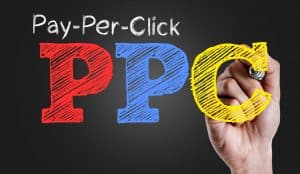What is an SEO Strategy?
SEO is the process of optimizing a website to increase its visibility on search engine results pages (SERPs). It involves a variety of steps that ensure your site is easy for search engines to find and index. An effective SEO strategy will help your business generate organic traffic, increase brand awareness, and boost sales.

Creating a solid SEO strategy doesn’t have to be complicated or time-consuming. It simply requires a little planning and some basic knowledge about what goes into making it work.
The first step is to determine what your site’s goals are. You should be focused on driving traffic, increasing your brand exposure, and improving your conversion rates. This will allow you to create content that focuses on these specific goals, which will be more likely to rank for search terms relevant to your industry.
Next, you’ll want to conduct research on your target market. You can do this through social media, industry forums, or online surveys. You can also talk to your sales team or customer service representatives to discover what your customers want and how they use the web to find information.
Another way to determine your SEO goals is to analyze the keywords that drive traffic to your competitors’ sites. This will help you discover what keywords your potential customers are using to search for your competition, and give you an idea of what types of content your competitors are creating that could be relevant to your target audience.
This step is also a great opportunity to analyze the link profiles of your competitors. This will give you a better idea of how they approach SEO, which can be helpful in designing your own strategy.
Once you’ve completed this step, you should start to build your SEO plan. This can include creating a list of long-tail keywords, organizing content by topic, and developing strategies for attracting inbound links.
Internal Linking
The internal links on your site are the link paths that users follow from one page to the next, and they help search engines understand your page’s content hierarchy. Ideally, you should create an internal link structure that makes it simple for users to navigate your site and find the content they are looking for.
On-Page Optimization
Your website’s on-page elements, like the title tag and image descriptions, tell search engines what your page is about and how relevant it is to a given search. These elements impact your ranking and can make or break your chances of gaining high rankings.
A good strategy will also include optimizing your on-page elements for mobile, as most people search for websites from their phones or tablets. For example, you may consider converting your logo or another image to a responsive design that adjusts its size for each screen.
Lastly, you’ll need to make sure your site has a strong technical setup. Your site should be well-built, have clean code, and use a reliable CMS. You can do this through a professional web developer or by using a WordPress plugin like Yoast.

Recent Comments